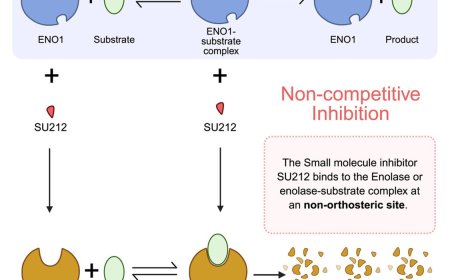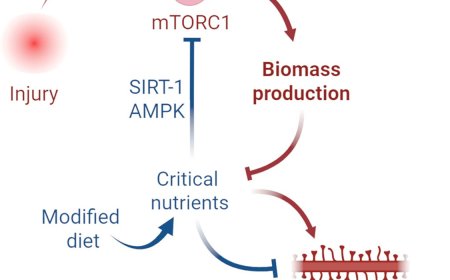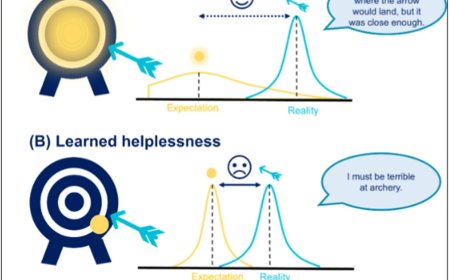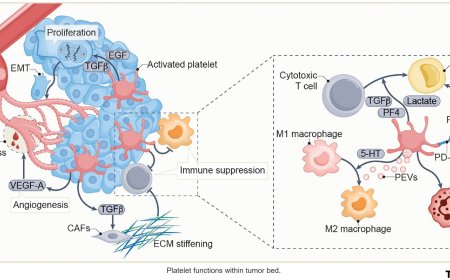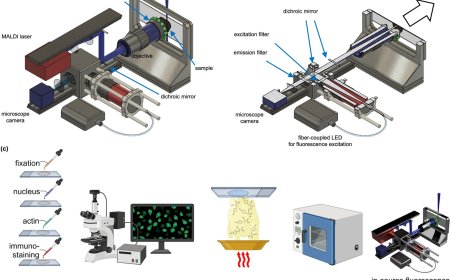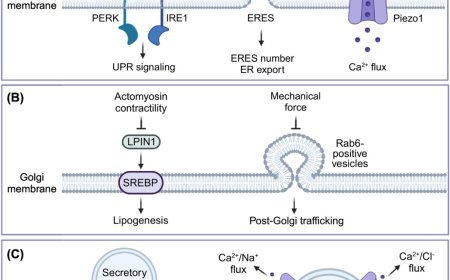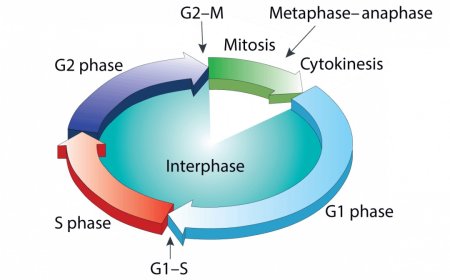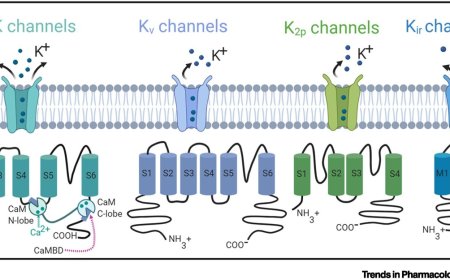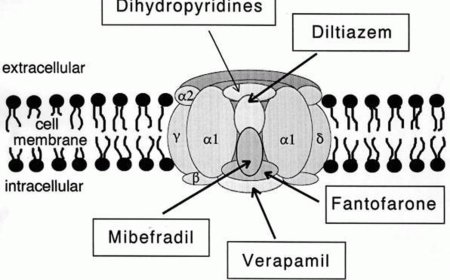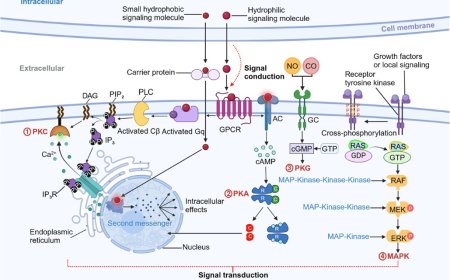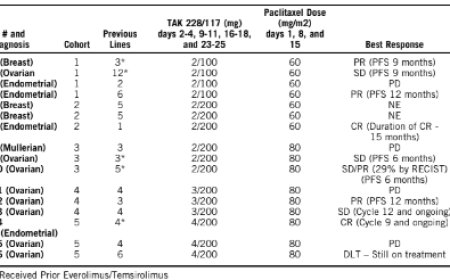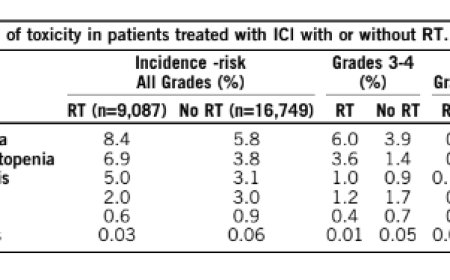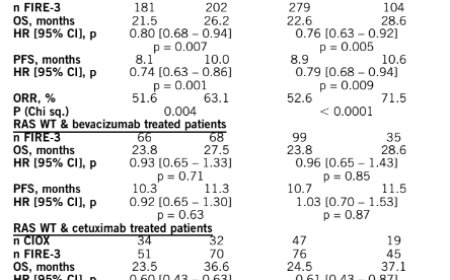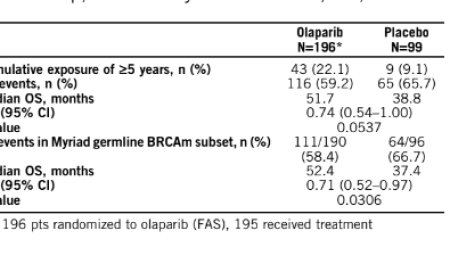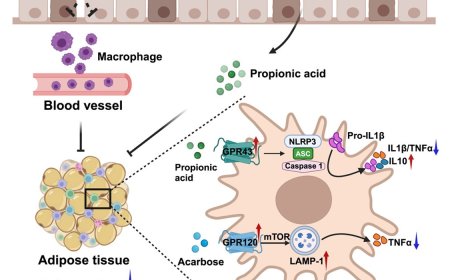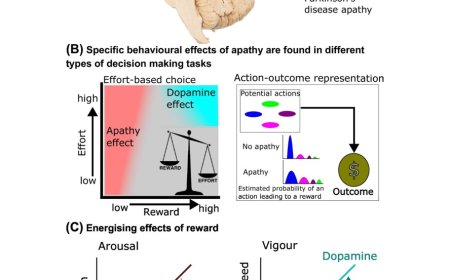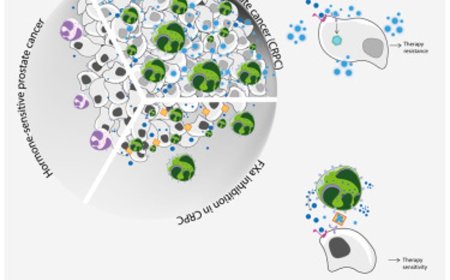Linking cardiovascular and mental health with brain–body states

Changes in mental and cardiovascular functions occur concurrently even at short timescales down to subsecond dynamics. Brain–body states arise from the tight integration of the CNS and autonomic PNS with the endocrine and cardiovascular systems.
The authors characterize brain–body states in terms of dimensions such as blood pressure, heart rate, and brain activity that underlie mental functions such as cognition and emotion.
Using a dynamical systems approach, they conceptualize brain–body states as continuously traversing a state space. They define stable parts of trajectories within this space as micro-, meso-, or macro-states, depending on their duration and reversibility.
Instances of emotions are prototypical examples of brain–body microstates, and stress is an example of a mesostate, whereas depression, anxiety, and hypertension represent macro-states.
https://www.cell.com/trends/neurosciences/fulltext/S0166-2236(25)00171-7
